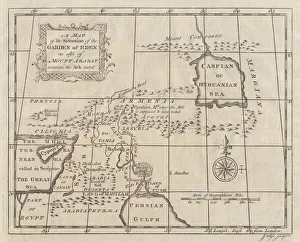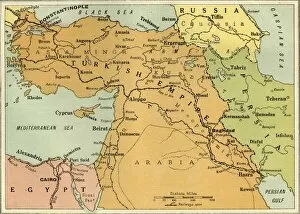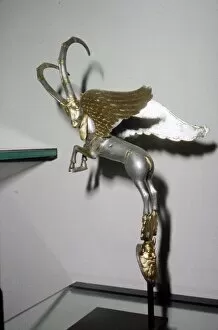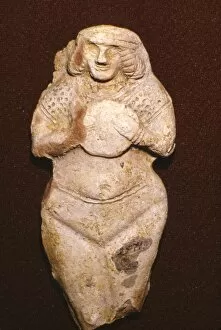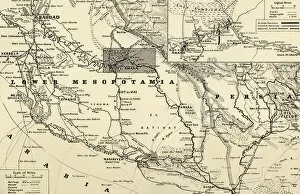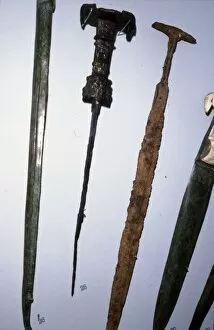Mesopotamien Collection
"Discover the ancient wonders of Mesopotamia through captivating artifacts and illustrations
All Professionally Made to Order for Quick Shipping
"Discover the ancient wonders of Mesopotamia through captivating artifacts and illustrations. Delve into the rich history of this cradle of civilization with a copperplate engraving published in 1774, showcasing the Map of Eden and Mount Ararat. Journey further with a Map of Assyria, Chaldea, and Adjacent Countries from 1890, revealing the vast territories ruled by these empires. Marvel at the intricate craftsmanship of an Achaemenid Mesopotamian Silver and Gold winged goat dating back to the 4th century BC. Admire a terracotta Fertility goddess, Ishtar (Astarte), originating from Old Babylonian times around 2000 BC - a symbol of life and abundance. Witness the artistry preserved in time through various objects like an Abbasid Caliphate jar from the 9th century or a statuette depicting a Striding Figure created between 3000-2800 BCE. Immerse yourself in vibrant mural paintings discovered in palaces such as Dur-Sharrukin and Kar-Tukulti-Ninurta that offer glimpses into Assyrian culture. Transport yourself to pivotal moments like 'The Hour of Fate on Tigris' captured in an evocative painting from 1916 or witness both grandeur and desolation within Nebuchadnezzar's palace ruins - remnants of once-mighty Babylon. Embark on expeditions with George Philip & Son Ltd's map illustrating their Mesopotamian Expedition in 1919 - tracing paths taken by explorers who sought to uncover hidden treasures buried beneath its soil. Finally, appreciate Leon Bakst's artistic portrayal titled 'Un Notable Mespotamien' (1922) which encapsulates one individual's significance amidst this ancient land teeming with stories waiting to be told. "

